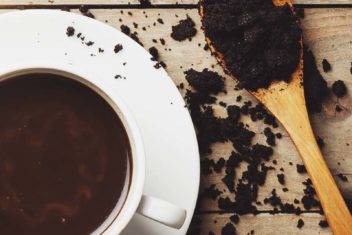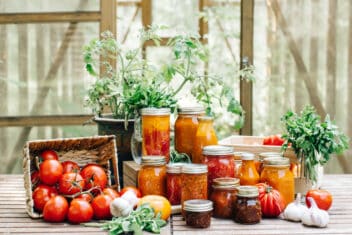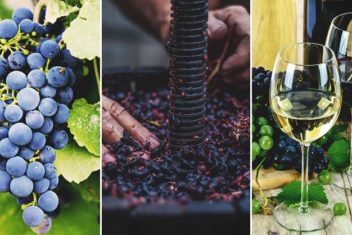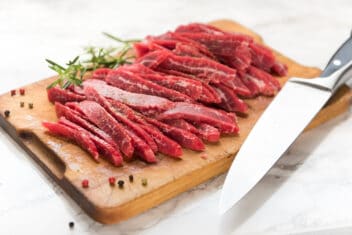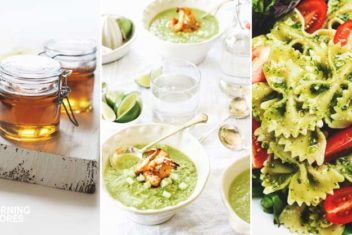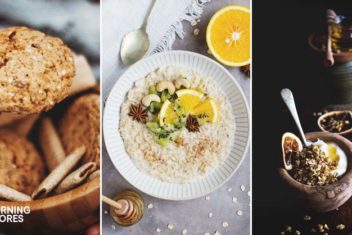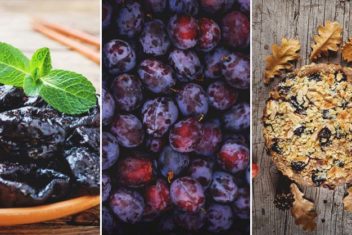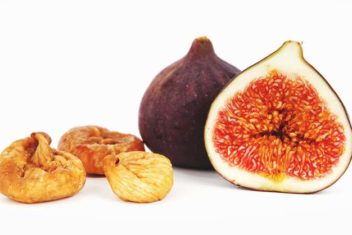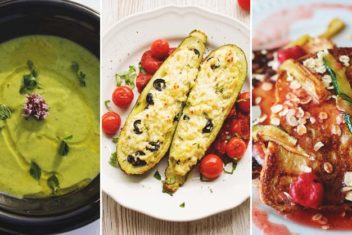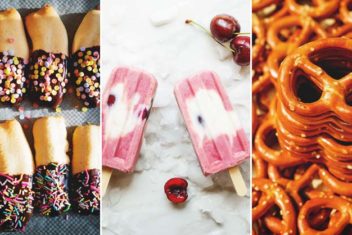Vitamin D is notoriously difficult to find in plant-based foods. As a result, many vegans are deficient in this vitamin specifically because of its scarcity in most fruits and vegetables. In fact, most people have some measure of D deficiency, whether they’re herbivorous, carnivorous, or somewhere in between.
Some dietitians and nutritionists believe that it’s impossible to get enough of this vitamin on a plant-based diet. There just aren’t enough vegetables, roots, grains, or fruits that contain enough D to keep a veggie-vore healthy. Most have to incorporate D-fortified foods like non-dairy milks, grain products, tofu, etc. into their diet to round out their vitamin intake.
That said, there are a few plant-based sources that we can tap into.
Why is Vitamin D Important?
It’s one of the most important vitamins for our immune systems. It’s also vital for bone, skin, digestive, and general metabolic health and wellbeing. When your vitamin D levels are down, you’re more susceptible to a wide range of illnesses and have a harder time fighting off infections.
Some symptoms of vitamin D deficiency can include:
- Fatigue
- Bone and Muscle Pain
- Depression
- Anxiety
- Frequent/Easy Bruising
- Psoriasis or Eczema
- Getting Sick Often
- Slower Wound Healing
- Hair Loss
- Irritability
- Brain Fog
- Infertility
As you can see, it’s essential to make sure you get enough of this stuff in your diet. Vitamin D is most common in animal sources such as egg yolks, fatty fish, dairy products, and organ meats. Of course, if you’re following a plant-based diet for ethical or health-related issues, those aren’t really an option.
The plant-based vitamin D sources listed below are great additions to any garden. Some are easier to cultivate than others, so work with the space you have available to determine which is best for your needs.
1. Hemp Seeds
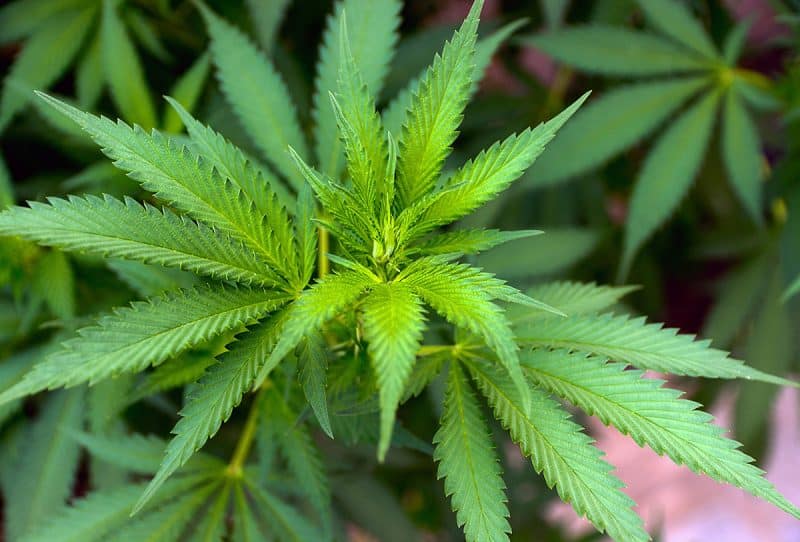
You need a fair amount of hemp seeds in order to get the most from their vitamin D content. Good thing this plant grows like a weed then, huh? Hahah.
Seriously, though… you’ll find around 10 IU of natural D in 100 grams of whole hemp seeds. Their vitamin concentration is highest in the shells’ hulls. As a result, you’ll need to use them whole for maximum benefit. Try soaking them and pureeing them in a blender to add to dips, pates, soups, smoothies, and more.
Just make sure to check the growing laws for hemp in your area. Although it’s not the same species as smokeable cannabis, there may be growing restrictions nonetheless.
As mentioned earlier, if you’ll be growing hemp for its seeds, you’ll need a lot of plants. This means you also need a lot of space to cultivate them. On average, hemp plants need four to six feet of space around them. You’d need about an acre of hemp plants to harvest 1,000 pounds of seeds. This should give you an idea of how much space you’ll need to dedicate to growing for your family’s needs.
2. Mushrooms
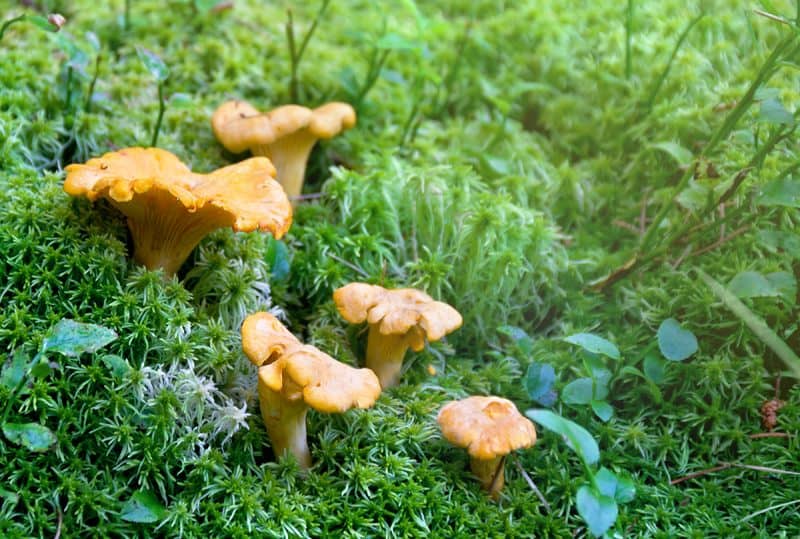
Yes, our little fungi friends are quite brimming with vitamin D. Some have higher concentrations of this stuff than others, however. If you’re aiming for a big D boost, aim for maitake, shiitake, morels, chanterelles, and oyster mushrooms.
Interestingly, mushrooms have the highest vitamin D content outside of any animal-based sources. This is because, like humans, mushrooms produce this vitamin when they’re exposed to UV light. Basically, when mushies meet sunlight or SAD lamps, their natural ergosterol transforms into… vitamin D! And then we nom on them.
Unless of course you’re allergic to fungi or mold of any kind. Then please don’t.
Fortunately, it’s spectacularly easy to grow your own mushrooms. You can get kits for shiitakes, oysters, and many other varieties and grow them just about anywhere. I have grow bags under my kitchen sink, as well as in the basement, and underneath the shed. Alternatively, you can inoculate some types of fallen trees with mushroom spore plugs and let them thrive in damp, shady spots.
Speaking of shade, you’ve likely noticed that mushrooms grow in the dark. To boost their vitamin D levels, just expose them to sunlight for five or six hours a day, two days in a row before harvesting them. Then use them as quickly as possible before the D levels have the chance to deteriorate.
3. Reindeer Lichen (Cladonia arbuscula) D3 Supplements
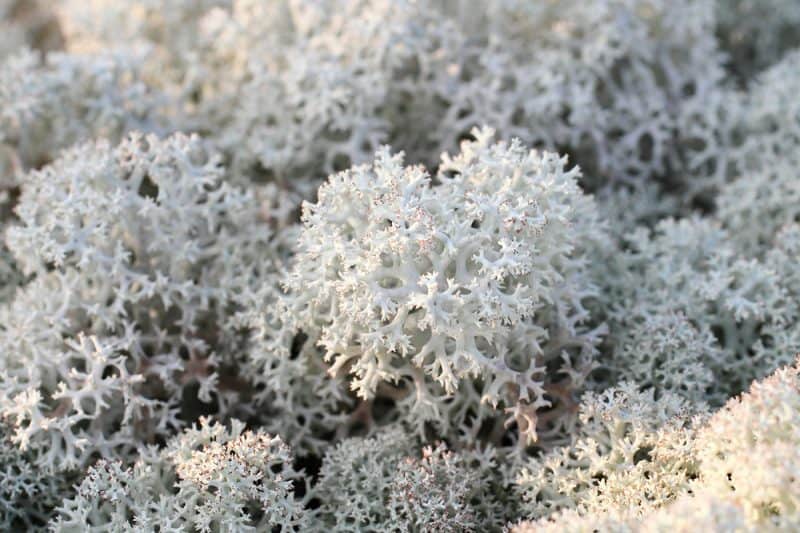
This stuff grows profusely all over my land, as I live in a sub-boreal region of Quebec. That said, I’ve never had the inclination to get down and start munching on it. It is, however, one of the most important plant-based sources of vitamin D on the planet.
It’s not exactly tasty on its own, but scientists have figured out how to transform it into an easy-to-take supplement. You can find them in a variety of different forms and either take them as is or… add them to some of your own homemade foods.
Many store-bought plant-based foods highest in vitamin D are those that have been fortified. For example, soy and almond milk, tofu, ready-to-eat cereals, orange juice, etc.
Fortunately, you use these supplements to fortify the items you grow and make yourself. This liquid supplement from Nordic Naturals is ideal for this purpose. Just follow the instructions on daily dosages, and add that amount to homemade juices, plant-based yogurt, seitan… whatever you can think of.
Spend Lots of Time Outside!
Of course, the best source of vitamin D is sunshine. Although the sun isn’t a plant source, we tend to get a lot of sunshine exposure while tending our plants.
Aim for 15 to 20 minutes of midday sunshine at least a few times a week. This might be slightly unbearable at the height of summertime, however. If it’s crazy hot where you are, try to get 15 minutes in mid-morning and another 15 minutes in mid to late afternoon instead.
Be sure to wear lightweight, light-colored clothes so you don’t get sunburned. Scrunch your toes in the grass, bask in the summer sunshine, and feel those D levels percolate gloriously.


